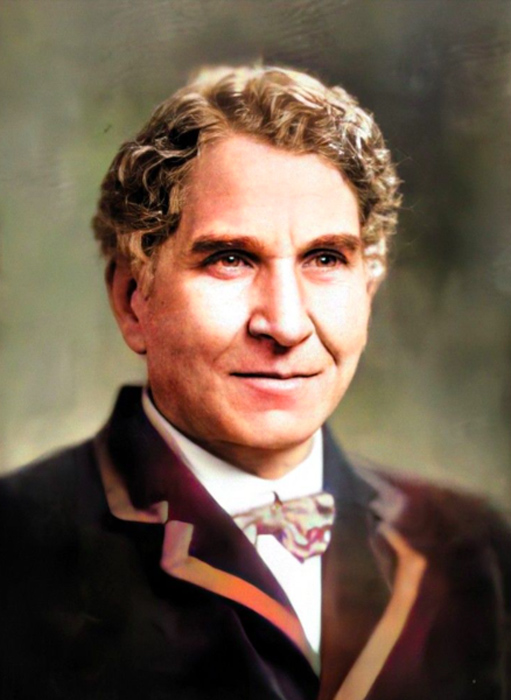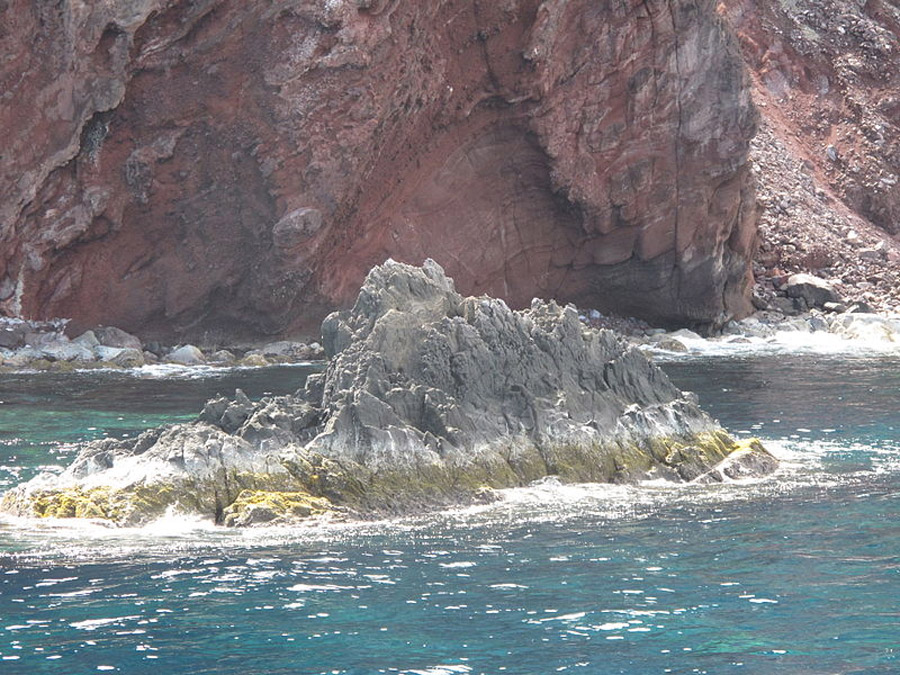The Island of Redonda lies in the Caribbean around 34 miles (55 km) from Antigua and only 15 miles (24 km) from the British Overseas Territory of Montserrat in the Lesser Antilles. It is not an exciting place, measuring only around 1 mile (1.6 km) long and less than a third of that wide. It rises to a height of approximately 971 feet (296 m) tall.
The island itself is rather rocky and uninhabitable, formed from a volcanic cone. The discovery of Redonda is recorded by Christopher Columbus in the 15th century whilst he was on his second voyage of exploration. Though he did not land on it, he named it Santa Maria la Redonda.
Despite being discovered by Christopher Columbus, no formal act of control and sovereignty took place until centuries later in 1865. And this was done by a sea trader from Montserrat. How did this oversight come to be? And who owns it now?
The Original Claim
In 1865, Matthew Dowdy Shiel, a successful maritime merchant from Montserrat, claimed the island after he finally had a son after having eight daughters previously. Matthew claimed the land based on his lineage from the Irish Kings of Tara, although it is unclear how they had sovereign rights over Redonda either.
He took a few of his friends and claimed the island as his kingdom. However, the Island was soon annexed by the British Government because of the large and rich deposits of phosphates that could be used in medical, industrial, and agricultural industries.
Shiel and his family disputed this but failed to move the British Government. The control of the Island was passed over to the administration of Antigua. However, the title of Monarch of Redonda had been created and it needed to be continued. Matthew Phipps Shiel would reinstate the claim when he was 15, as the son of Matthew Dowdy.

When his father abdicated as king, M P Shiel was coronated in 1880 on July 21st. It was the last coronation to ever take place in the Western Hemisphere. He took the name of King Felipe. Shiel was educated in Barbados before moving to England where he became a popular novelist. He never returned to the Caribbean and ever since the Redondan Monarchy has been surviving in exile.
Whilst Shiel was living in England, his kingdom turned out to be rather valuable. The Antiguan administration created the Redonda Phosphate Company in 1869 to harness the natural resources of the island. To be fair, these resources were mainly guano, droppings from seabirds, to be used for artificial fertilizer.
The labor required for the work was harnessed from nearby Montserrat and the first signs of human occupation were created in the form of accommodation, rain-water reservoirs, and jetties. 7,000 tons (6,350 tonnes) annually were being mined and exported by the company and sent to Germany and the United States.
This was disrupted unfortunately by the First World War and when this finished four years later, work never resumed. As well as this, a huge hurricane destroyed many of the buildings that the company had used leading to the company coming to an end very soon afterward.
The ruins are still visible, but the island has been abandoned ever since and has become a refuge for wildlife such as reptiles, owls, and seabirds. Redonda once again is unclaimed and abandoned.
The Kings of Redonda
M P Shiel, while retired in Sussex, became aware of a young poet who was successfully convincing some of the local publishers to reprint Shiel’s bestsellers. Terence Ian Fytton, who went by the name of John Gawsworth, was duly nominated by M P Shiel to succeed him as his heir as the King of Redonda.
The original witnessed document is still preserved in the Royal Archives, officially passing the throne. Shiel died in 1947 when he was 82. Gawsworth became the third king of Redonda and took the title of King Juan.
The new king began his reign by establishing the “Intellectual Aristocracy of the Realm” and granted titles to his friends and colleagues. He created a Redondan peerage, which still exists today. These included celebrated authors such as Edward Shanks and J.B. Priestley.
However, King Juan struggled in the post-war years, and he began taking any odd jobs he could to support himself. This, combined with his failing health, led him to drown his sorrows in alcohol.

Many a tourist would seek King Juan out in the Alma Tavern, located in west London, to buy the king a drink. Some even reported that they received a dukedom in return. These were often inscribed on beer mats. King Juan also kept the kingdom of Redonda in the newspaper, which sadly brought the realm into disrepute.
He attempted to sell the title by advertising it in the Personal Column of the Times newspaper, even though he had already given it to a friend in a witnessed document. A Swedish Royal Family member was quite interested but was deterred by a legal induction. King Juan only gave up the title on his death in 1966 to John Roberts. King Juan II took over the realm in 1967.
King Juan II sought to restore the reputation of Redonda from the previous regime. He distanced himself from the previous aristocracy and moved away from London. The press soon became bored without the scandals and troubles of King Juan. King Juan II retired to Shropshire after establishing solid foundations for Redonda to continue.
However, without constant updates and the scandals of the previous regime, imposters sought to claim the throne. This became such a problem that an open letter was issued in 1982 to put an end to the false claims.
Redonda Today
At the end of the reign of King Juan II, King Leo, a previous supporter of the last regime, took the throne. Due to the precedents set by the realm over 60 years ago, King Leo has continued to develop the realm and the Intellectual Aristocracy as well as keeping the memory of M P Shiel and John Gawsworth alive.
Future development of the Realm has included regional branches being set up as well as ensuring the conservative mission of the wildlife that continues to live there. Redonda may be an empty kingdom, but for some it remains very real.
Top Image: Redonda and the Redondan Coat of Arms. Source: Invertzoo / CC BY-SA 3.0; Unknown Author / CC BY-SA 3.0.
By Kurt Readman